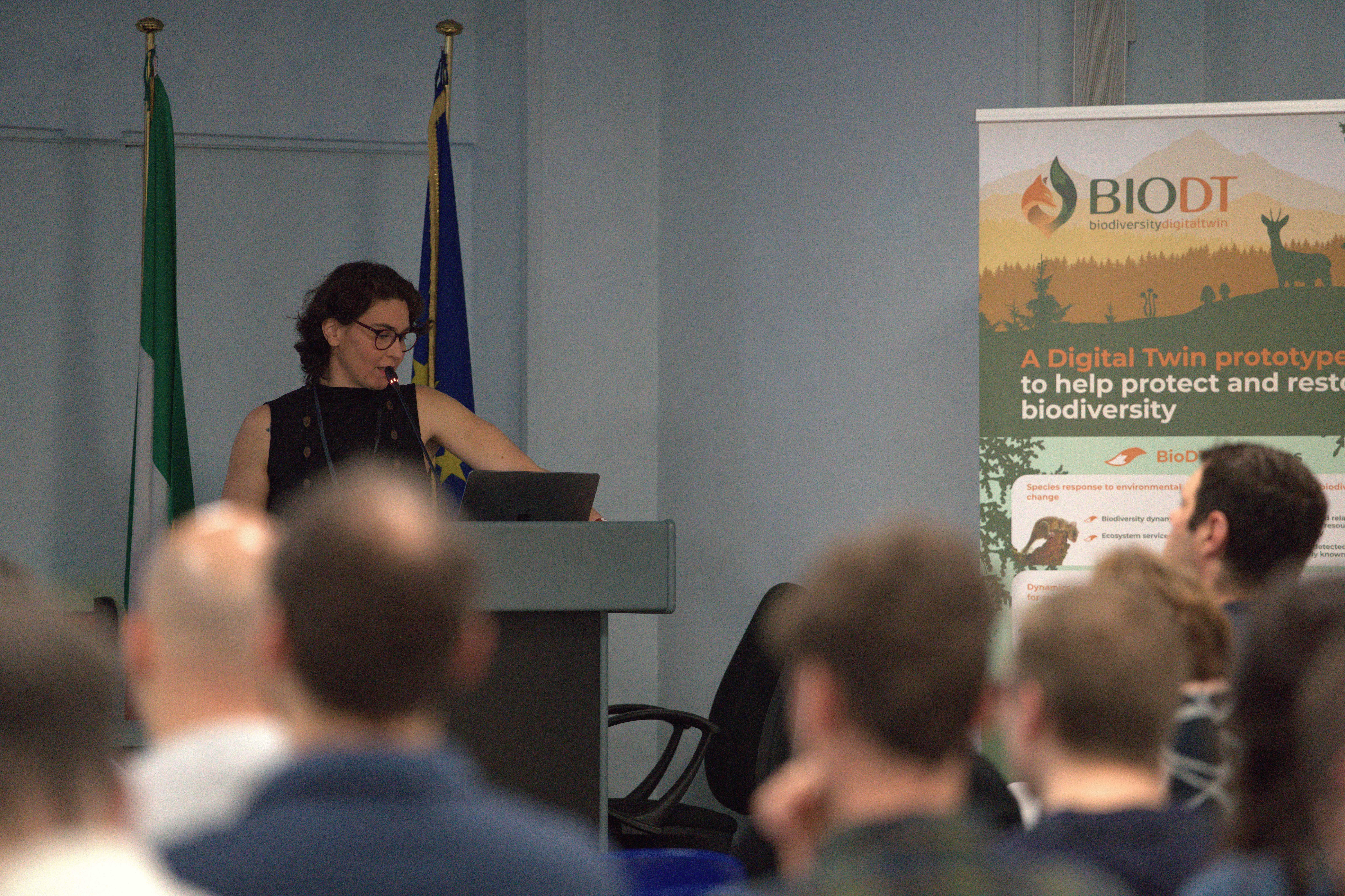BioDT is harnessing digital twin technologies to advance ecological forecasting

European researchers are seeking to improve our understanding of the region’s biodiversity by modelling in detail and in real-time how environmental and human pressures impact ecosystems.
By harnessing data, advanced computing and artificial intelligence (AI), the European Union-funded Biodiversity Digital Twin (BioDT) project has pioneered frameworks that set the stage for more accurate assessments of the rise or decline of plant, animal and insect populations, as well as the risks posed by invasive species.
“Modelling biodiversity is currently being done more piecemeal at a national or regional level as it requires time-consuming data compilation from different sources,” notes Hugo de Boer, research director at the University of Oslo’s Natural History Museum, one of the 22 institutions involved in BioDT. “But by using a digital twin, this can be done in real time.”
Digital twins are virtual models that draw on real-world data, scalable computing and increasingly AI. While digital twins are widely used in industries to predict equipment failures or natural disasters, BioDT is pioneering their application to biodiversity modelling to help forecast how nature responds to human interactions, as well as environmental influences and climate change.
The project’s prototypes focus on thematic use cases covering forests, grasslands, cultural landscapes, pollinators, birds, DNA-detected genetic resources and other parts of the ecosystem. Ecological modelling has widespread applications — for example, it could allow for better-informed policymaking and planning decisions. De Boer gives an example of using a digital twin to analyse how a local construction project might affect the surrounding ecology. “A municipal official could be sitting in the office evaluating a building permit and can … forecast the biodiversity change if the area is built up,” he explains. For his fellow natural scientists, “we are looking at how can we use digitised specimen data and species occurrence records in novel and innovative ways, and combine that with monitoring data — that's the top of the line for us. That's perfect.”

Tackling data fragmentation and inaccessibility
BioDT’s pioneering efforts to strengthen biodiversity and policymaking have also exposed challenges — notably, fragmentation in data collection and patchy adherence with ‘FAIR’ data principles — findability, accessibility, interoperability and reuse. “There is currently a lot of useful data that is generated through government monitoring programmes, and it's done locally,” de Boer says. “But it ends up in a desk drawer in a municipal, provincial or national office somewhere. It's not making an impact unless it is shared.”
To address this, BioDT calls for the creation of a European Biodiversity Observatory to coordinate data collection, ensure standardisation, and support EU biodiversity and climate strategies. While acknowledging budgets are tight, De Boer points out that there are costs involved in not maximising the use of existing data and information. “Every project has a tendency to ask for more resources, and that's not really the objective of this programme. Rather, it is to get better data at a lower cost [and] ensuring that biodiversity data is made available across borders using the data fairness standards,” he explains. “If a policy recommendation like this turned into action so that EU-funded initiatives and projects generate fair data, then we're moving in the right direction.”
With the three-year BioDT Horizon-funded project ending in May, its final policy recommendations will also urge the EU to invest in monitoring and forecasting tools; promote interdisciplinary cooperation on data harmonisation and interoperability; and strengthen alignment between climate- and environment-centred digital twin projects.
Interdisciplinary collaboration across Europe
Launched in June 2022 and funded through Horizon Europe, BioDT brings together 22 partner institutions from 13 countries, including Norway and the UK. “Among our partners, we have some of the most important research infrastructure in Europe,” says Gabriela Zuquim, scientific coordinator for BioDT and a tropical ecology expert at the CSC-IT Centre for Science in Espoo, Finland. BioDT taps into the wealth of data available through the Global Biodiversity Information Facility, which is partially funded by the EU; advances in AI; and European-based high-performance computers, including the LUMI supercomputer in Kajaani, Finland. “We have also greatly benefitted from the interdisciplinarity of the team, with computer scientists working together with biologists,” notes Zuquim.
BioDT also collaborates with Destination Earth, which simulates natural and human activities; the Digital Twin of Geophysical Extremes, a project aimed at improving forecasting of tsunamis, earthquakes and volcanos; DTO-BioFlow, which focuses on marine environments; the European Open Science Cloud data and information project; and InterTwin, which fosters cooperation between DT projects.
Zuquim says BioDT’s work marks a major contribution to the EU Biodiversity Strategy, the Green Deal and international conservation initiatives, and its website will remain online as a platform for exchanging information and supporting policy efforts. She also credits EU-funding for enabling scalable research and innovation initiatives, such as BioDT. “Horizon Europe has really been crucial,” she adds. “It has fostered cooperation and interdisciplinarity, and has created a collaborative atmosphere that is promoting advanced science and observation.”





 A unique international forum for public research organisations and companies to connect their external engagement with strategic interests around their R&D system.
A unique international forum for public research organisations and companies to connect their external engagement with strategic interests around their R&D system.